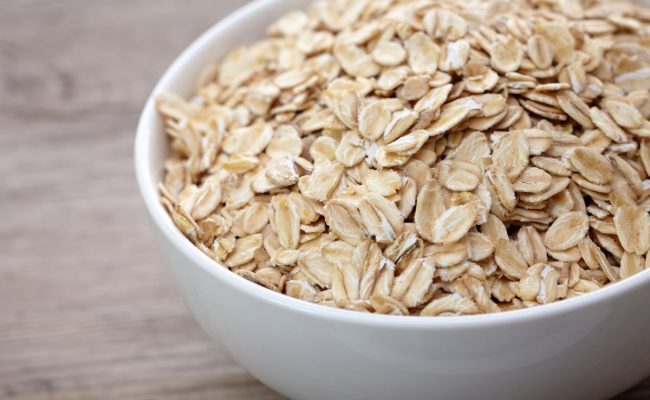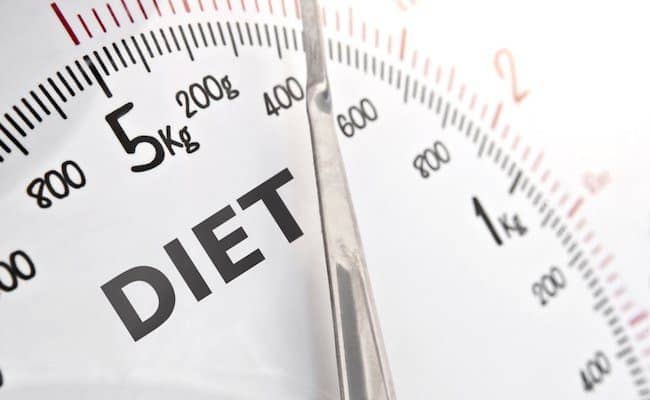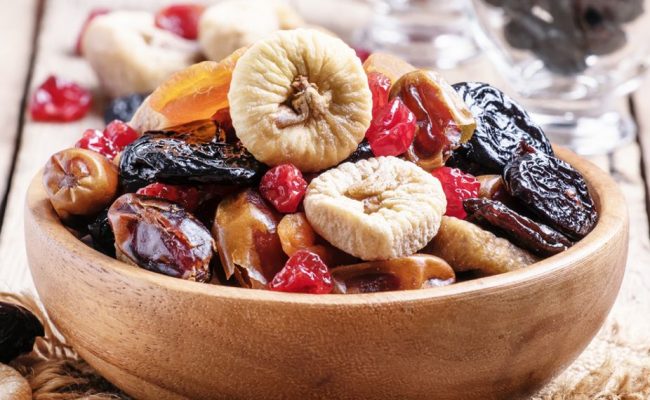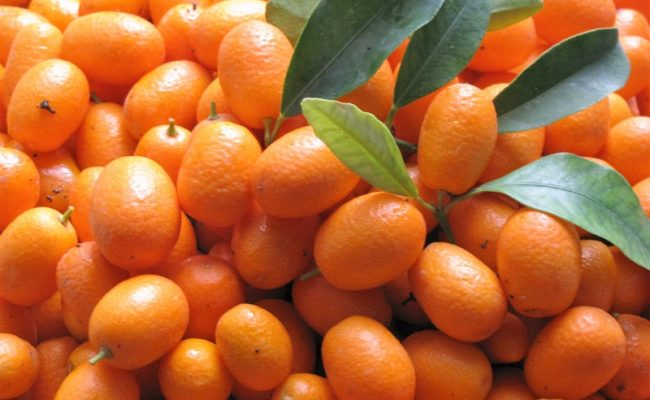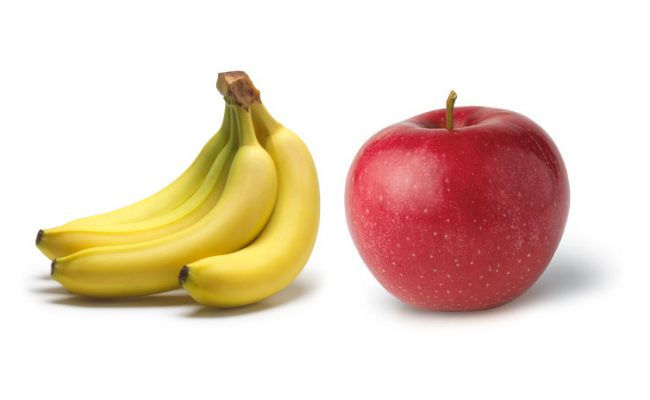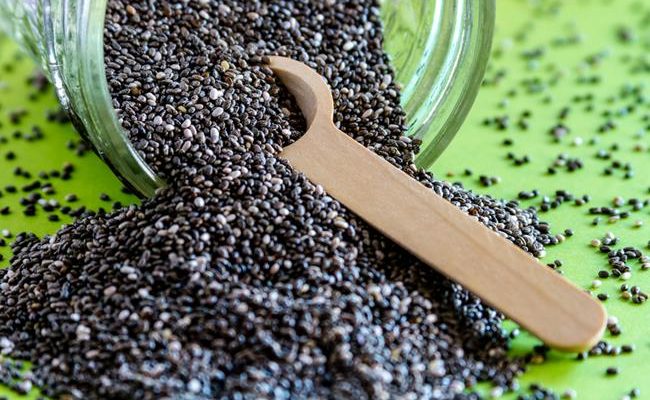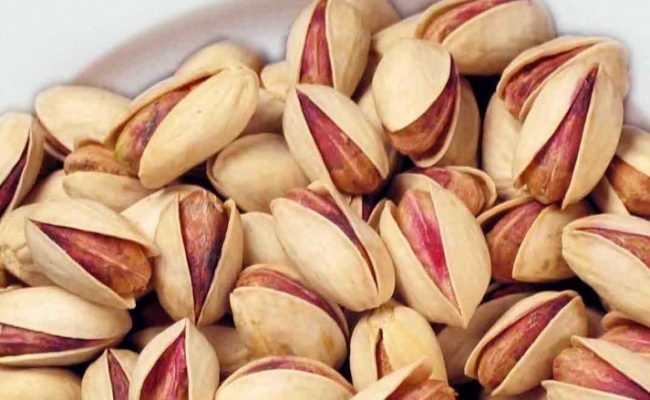
The benefits for eating adequate amounts of dietary fiber include: weight loss, weight maintenance, digestive tract health, regular bowel movements, lowering cholesterol and improve blood sugar levels. Therefore, getting enough fiber every day should be a goal for everyone. However, less than half of American adults get the recommended daily intake of fiber.
The Institute of Medicine (1) recommends women under age 50 get 25 grams of fiber per day and women over age 50 get 21 grams of fiber daily. Men under age 50 should get 38 grams of fiber, and men over age 50 should get 30 grams per day.
Many studies have shown fiber intake can help prevent obesity and fiber intake is inversely associated with obesity (2). Therefore, if someone is trying to lose weight, they should aim to incorporate high fiber foods in their diet.
Fiber can be classified into 2 types: soluble and insoluble. Both types of fiber have specific health benefits and can both be helpful for weight loss.
Most foods have a mixture of both soluble and insoluble fiber, and getting a variety of high fiber food sources is recommended for optimal health benefit.
Fiber and weight loss
A 2005 review article (3) analyzed studies looking at fiber and body weight. This analysis showed epidemiological studies have shown there is a strong link between fiber intake and obesity prevention.
Fiber intake is also inversely associated with body weight and body fat amount. This means the higher the fiber intake people have, the more likely they will have lower weight and body fat levels.
Fiber helps fill you up which is called having a high satiety. This is one reason eating fiber can help with weight loss. Eating high fiber foods can help lower food intake.
A 2009 study (2) looked at over 250 women’s food intake at baseline and 20 months later. Researchers found for each gram of fiber consumed, research participants decreased weight by 0.25 kilogram, and fat decreased by 0.25 percent.
In this study, both soluble and insoluble fiber were borderline predictors for weight changes.
Benefits of soluble fiber
Soluble fiber is able to dissolve in water and form into a gel. This gel substance can help impact important health markers for heart health and diabetes risk.
Soluble fiber helps to lower cholesterol levels and blood glucose levels. Eating foods high in soluble fiber can help lower risk for heart disease.
Getting 5-10 grams of soluble fiber per day may help lower cholesterol levels by up to 5%, and getting more than this amount could further benefit lowering cholesterol levels (3).
Soluble fiber are also considered prebiotic (4). Prebiotics act like food for beneficial bacteria in the gut called probiotics. Research continues to unravel the beneficial effects that probiotics can have for human health.
Getting adequate amounts of prebiotics can help encourage probiotic formation in place of harmful bacteria in the gut.
Food sources of soluble fiber include: legumes, oats, barley, citrus fruits, berries, apples, Brussels sprouts and sweet potatoes.
Benefits of insoluble fiber
Unlike soluble fiber, insoluble fiber does not dissolve in water. Insoluble fiber is the tougher part of plants like the outer layer of whole grains. Insoluble fiber helps to move food along the digestive tract and can help with regular bowel movements.
Getting enough insoluble fiber can help reduce constipation.
Eating a high fiber diet can help lower the length of time waste travels through the intestines and may help lower risk for colorectal cancer (5).
More studies are being done on the relationship between cancer risk and fiber intake, but other studies have shown an association between fiber intake and lowered risk for certain cancers.
Sources of insoluble fiber include: vegetables (especially the peels), whole grains like wheat bran, fruit pulp and nuts.
Don’t forget your water intake
In order for fiber to have its full beneficial role, it needs to be paired with adequate water intake.
Soluble fiber dissolves in water, and insoluble fiber needs water to move bulky stools through the digestive tract.
If you are increasing your fiber intake, it’s important to also increase your water intake.
Some people may notice uncomfortable digestive symptoms when they increase their fiber intake. These should be temporary until your body adapts, and drinking plenty of water may help alleviate some symptoms with increased fiber.
Everyone’s fluid needs may be different; in general you should aim to consume enough water to get the result of clear to slightly pale urine throughout the day.
Conclusion: Importance of both for weight loss
The importance of fiber intake for weight loss is high. Both types of fiber are beneficial for weight loss. Soluble fiber helps slow absorption of nutrients after eating and can help lower blood sugar and cholesterol levels.
Increasing satiety can be beneficial for weight loss because it can help lower food intake.
Insoluble fiber also can help make you feel full. It provides bulk to the digestive tract and helps move food and waste material through the digestive tract.
Getting enough fiber may help lower risk for certain cancers and can help with regular bowel movements.
Food sources for both soluble and insoluble fiber include fruits, vegetables, legumes, whole grains, seeds and nuts.
Most Americans don’t get the recommended daily fiber intake. Increasing high fiber foods in your diet can help you reach the recommended intake and benefit weight loss.
Along with increasing fiber, remember to increase water intake accordingly. Fiber needs to be paired with fluids to have the maximal health benefit.
